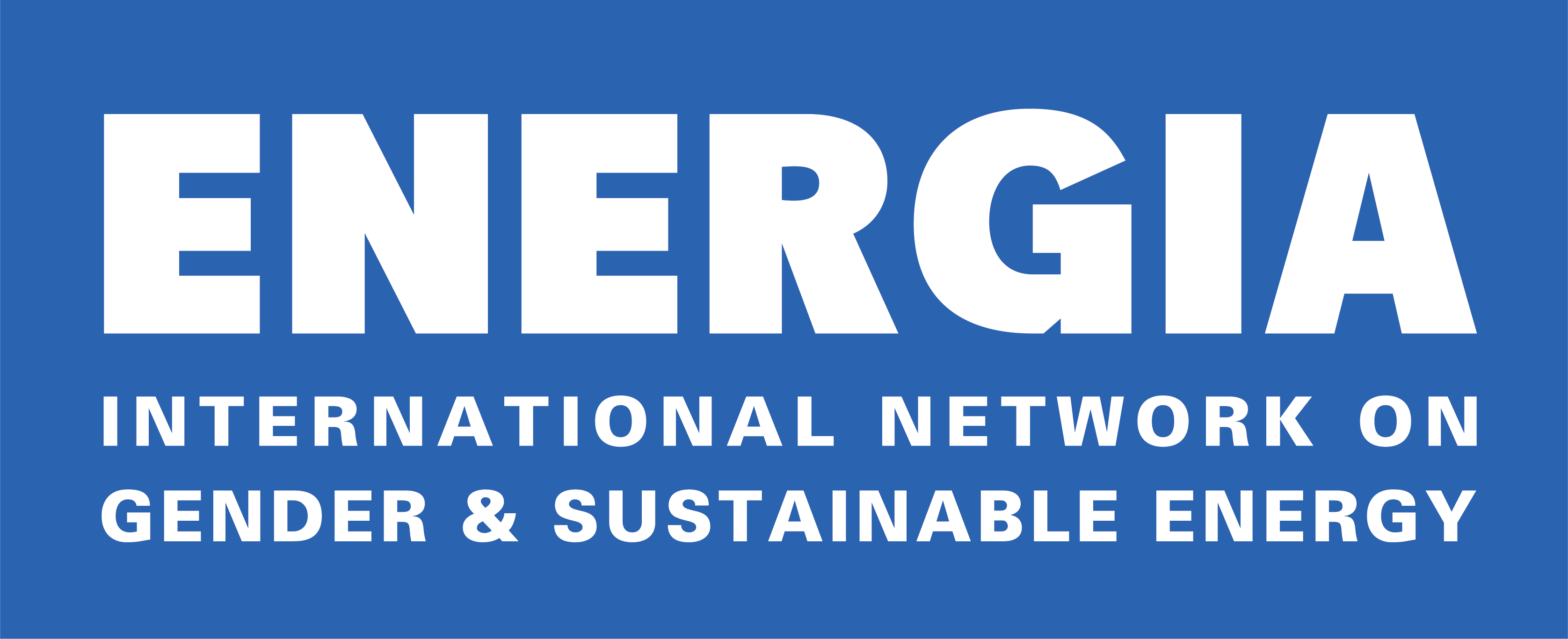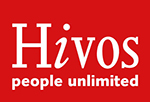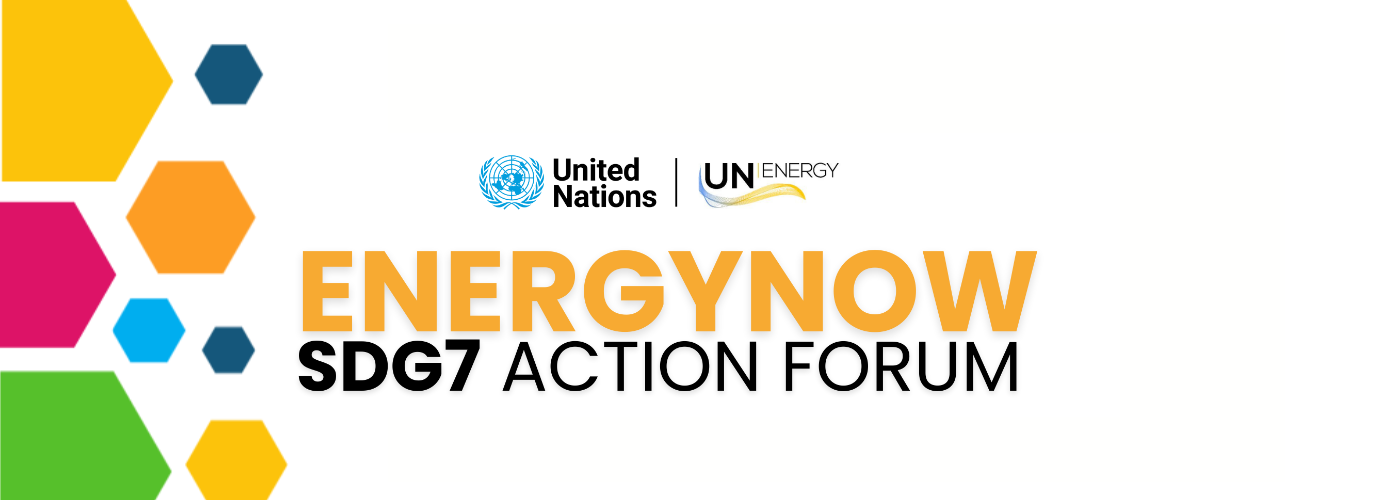Problem Definition: A large proportion of the world’s population has no access to electricity and so relies on noxious kerosene for their lighting needs. Solar-based solutions require a large upfront investment and are often unaffordable in this market owing to consumers’ tight liquidity constraints. As an alternative, there are business models relying on rechargeable light bulbs that are sold at a subsidized price (which renders them affordable) and require regular micropayments for recharges (which eases liquidity constraints). These bulbs provide a cheaper and healthier light source than kerosene, yet their adoption is lower than expected and some consumers continue to use kerosene. This paper explores the potential drivers of such preferences and proposes strategies to alter them, thereby benefiting firms, consumers, and the environment.
Academic Relevance: Unlike most of the existing operations management literature which focuses on the problems in developed economies, our paper studies a problem specific to the poor population. Our novel modeling approach, which incorporates several operational features of the impoverished regions, could also serve as a template for other potential modeling attempts in similar settings.
Methodology: We propose a stylized consumer behavior model that accounts for { in addition to the monetary cost incurred while using a particular light source { the inconvenience cost (due to repeated travel to the purchase center) and blackout cost (due to liquidity constraints) associated with that source, to explain the consumer preference for kerosene and to recommend strategies that could mitigate that preference.
Results: Although kerosene lighting is more expensive than bulbs, consumers who face either high inconvenience costs or high blackout costs prefer kerosene to bulbs because the former’s flexibility, with regard to quantity, helps reduce whichever cost is dominating. At the firm level, there is an optimal bulb capacity and recharge price pair that maximizes the firm’s revenue; furthermore, firm can reverse the preferences of kerosene consumers by increasing the flexibility of the bulbs (e.g., by allowing partial recharges). Although strategies { such as price discounts and mobile micropayments { based on alleviating liquidity constraints are not in themselves sufficient to ensure higher adoption rates, increased bulb use becomes more likely when they are combined with strategies to reduce consumers’ inconvenience.
Managerial Implications: Our paper sheds light on the structure of the market in which firms operate by identifying the characteristics of the market segments that prefer kerosene. It also helps the firms make better decisions by evaluating the efficacy of several strategies in terms of increasing the adoption of bulbs.







